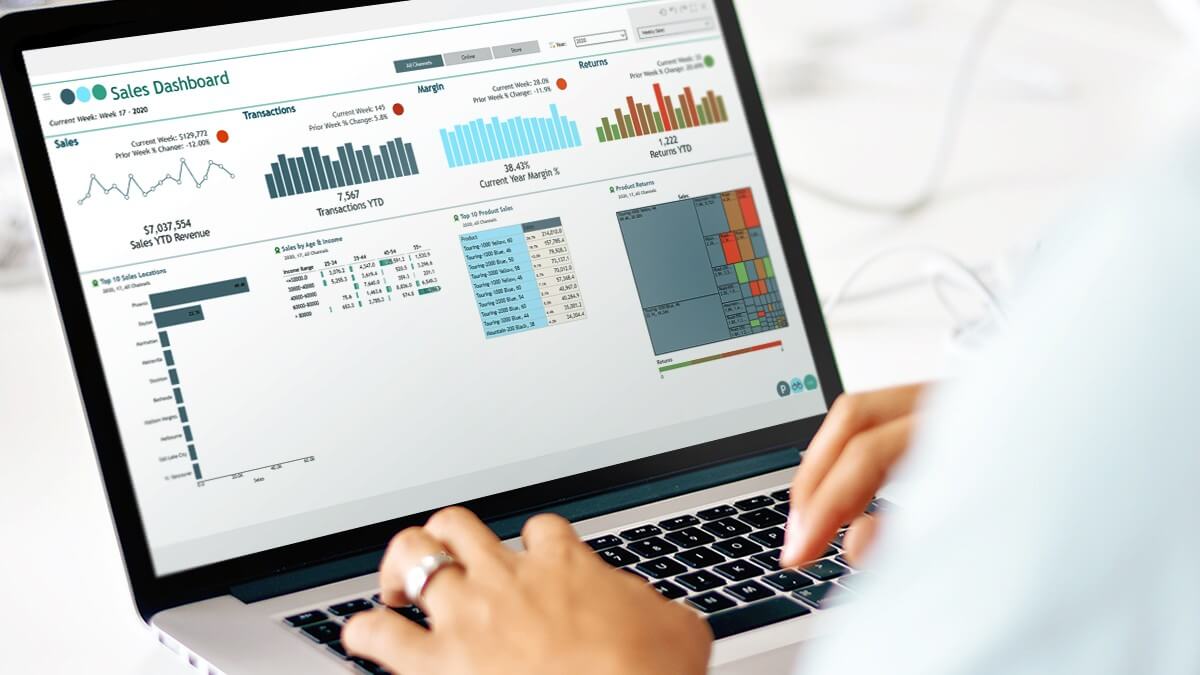Ever since the dawn of technologies like the hand-held calculator, we have been empowered to make quicker decisions with digital data at scale. Technology has evolved drastically since then, of course: today, an overwhelming amount of data permeates everything we do and say.
Most recognise the transformational power of data in business, but even as ‘big data’ got bigger and bigger (and bigger), many of the opportunities in it have remained relatively untapped. Too little data; too much data; or the enormous amount of laborious processes and manpower necessary to actually empower people to use it – there have been roadblocks. What was missing were a couple of key ingredients: automation and artificial intelligence.
But now automation and AI are powering the next evolution in using data – decision intelligence. While once there was business intelligence – a static sort of interpretation, with limited generative capabilities – decision intelligence makes data-driven decisions available and useful to everyone, in all business units and at all levels.
And not a moment too soon, because despite the awareness of data’s transformative power, an enormous gulf exists between what decision-makers want and what they have.
According to a recent IDC study, 83% of CEOs say they wanted their organisations to be more data-driven, and 87% of CXOs say that becoming an intelligent enterprise is a top priority. But in practice, only 30% of decision makers say that actions in their organisations are driven by data analysis. Only 33% are comfortable questioning the KPIs and metrics used in organisations, in other words, interrogating the quality of the data beneath the superficial layer of numbers or statistics.
However, a separate IDC study found that a third of C-suite decision makers globally are now enthusiastic about the potential for decision intelligence, which is already helping businesses leap ahead from the limitations found in traditional business intelligence platforms, and no longer relegated solely to data scientists or statisticians.
“If you’re basically querying against the database and preparing visualisations based on what’s in it, that’s not different from what we’ve been doing with BI (business intelligence) for years,” says Chandana Gopal, research director for future intelligence at IDC. “With decision intelligence, what’s different is really enabling organisations to analyse data to generate insights – to make those insights available to everybody, and make it pervasive within the organisation.”







